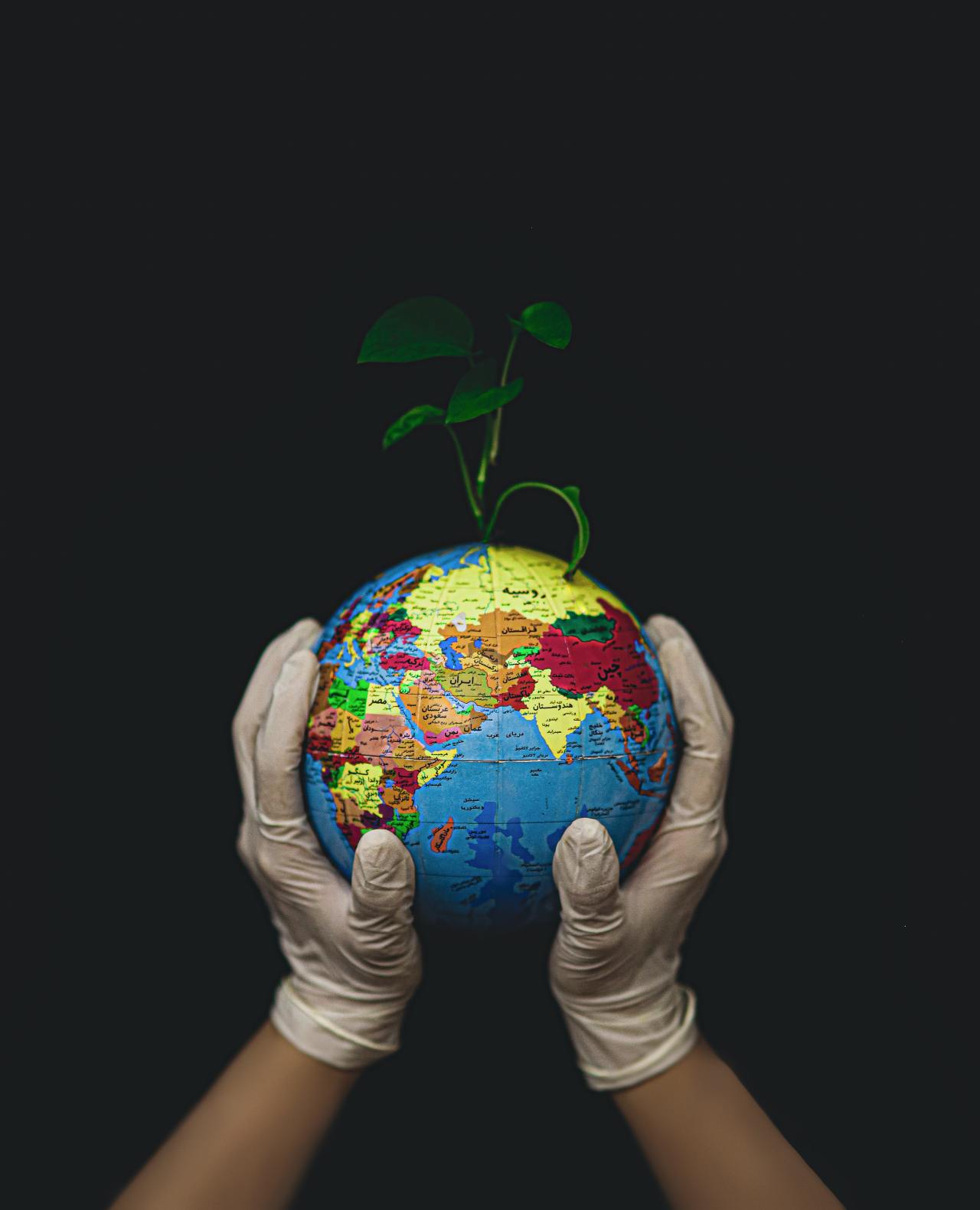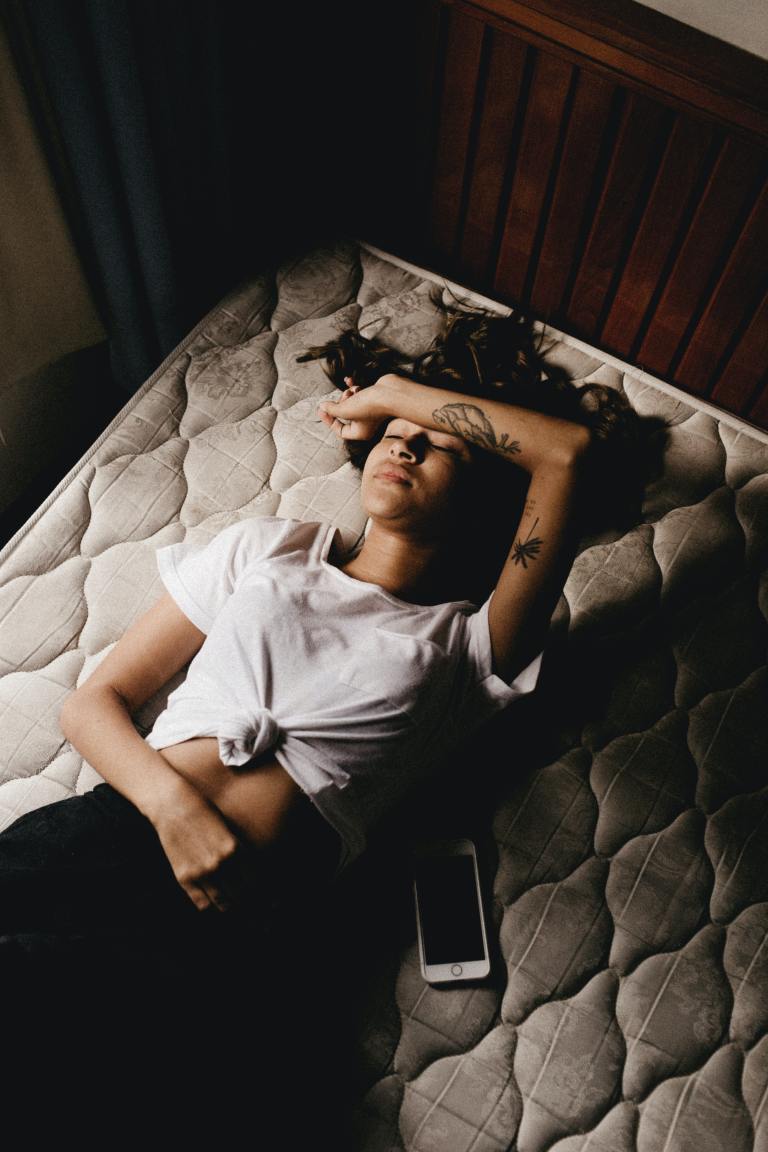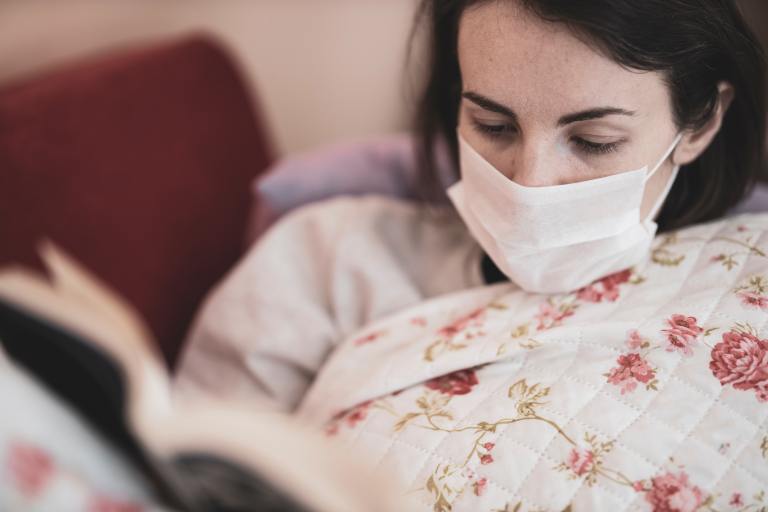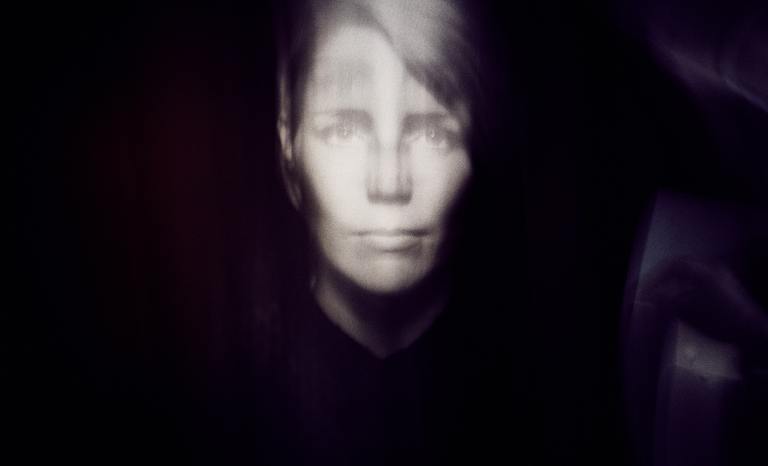What It’s Actually Like Being On The Front Lines Of The COVID-19 Crisis
American citizens stay home, told they must “flatten the curve”, while the medical professionals are simply trying to avoid a flat line.
By Amber Emmino
“Code blue” echoes through the hallways as nurses, PAs, respiratory therapists, doctors, custodial workers, and PCAs scurry through the halls in paper scrubs, blue hair caps, N95 masks, and face shields.
That’s five code blues since 9 a.m. I make a mental note as the clock teeters on the 9:45 marker.
Being on the front line at a hospital is something I’ve never seen before, something I couldn’t even imagine as I marched up to snag my diploma just a few years ago. It’s something I’ve only seen in movies.
Nearly every unit in this massive hospital located in New York, now known as the epicenter of the COVID-19 pandemic, is a designated COVID unit, and just a few hundred patients shy of becoming an exclusively-COVID hospital.
These patients are in a non-breathing limbo, where tubes inflate their chests and nurses and doctors do everything they can to keep them alive; admittedly, it’s just not enough sometimes. Meanwhile, these medical professionals are struggling to breathe, too, through the hot air in their masks and the compression on their cheek bones as they push through their 12- to 16-hour days.
A mess of numbers indicative of patients’ respiratory rates are listed on the windows outside each patient’s room, acting as a “cheat sheet” of sorts to keep each patient alive. These men and women who wake up every morning, heads bowed low as they approach what feels like the battleground, are not just hospital heroes—they are world warriors. They gear up in their PPE and charge into battle, running toward the virus, unlike the rest of the world that is sprinting away, mandated to the safety of their own homes.
The irony is poetic, actually, with both sides doing what they can to save lives. On one hand, American citizens stay home, told they must “flatten the curve”, while the medical professionals are simply trying to avoid a flat line.
As a hospital Occupational Therapist, my role is to ensure patients get out of bed, increase their strength, and relearn the ability to carry out even the smallest tasks on their own—tasks we take for granted, like brushing teeth, combing hair, even putting on socks. These tasks can be difficult for patients who are cognitively impaired, weak, and sick. My role is also to ensure patients are moving on to the next level of appropriate rehabilitation and care so they can reach their highest potential and return to their lives. I go to work for the patients who still need me, regardless of a worldwide pandemic. While the rest of the world seems to have stopped, theirs hasn’t.
No one ever thinks about what happens to these patients after they’re deemed medically “okay”.
They’ve been in bed, unable to breathe, let alone move, for two, four, sometimes six weeks. For these patients, they appear to have won the battle but begin to feel like they’re losing the war. They come to learn that their arms and legs don’t work the way they used to, and they wonder how they woke up from such a dream but somehow opened their eyes to a new nightmare. That’s where we come in: the Physical Therapists and Occupational Therapists on the front lines.
As patients become ready for rehabilitation, the therapists look at each other with a blend of eagerness and apprehension. We ask ourselves, “How are we going to get these people to sit at the edge of the bed on their own, let alone walk back into their normal lives?”
The other day, I kneeled in a patient’s bed with his entire body weight leaning against me because he could not support his own. Why? So he could remember what it feels like to simply sit up. I was kneeling in the bed of a patient who newly tested negative after weeks in the ICU suffering from COVID-19.
In that moment, I was suddenly so aware of how honored I am to be a therapist during this pandemic. He leaned against me and tried, with all his strength, to sit, just sit, up. I was so proud of this stranger who was pressed up against me. Against all odds, he made it. Despite the fear, the illness, the strain to hold on, he survived.
Some people are surviving.
And it’s not just the traditional doctors and nurses on the frontlines. It’s not just the therapists like myself. Since families are unable to visit their loved ones and show support, they connect via FaceTime and pictures. This means that social workers are putting in their overtime too, in an attempt to revive a heartbeat in the Intensive Care Units. That day, a COVID-19 survivor sat up for the first time in a month, and because of our other frontline workers, his family got to see it too.
Each day I don my protective gear, and I see COVID patients of varying medical statuses. Some can breathe with minimal oxygen, while others are struggling each second. I assist them into sitting at the edge of the bed and stand up just so they can remember what it feels like to be human. A thing they used to do before all this happened at the start of a new day. A day full of possibilities as the sun rose in the sky. The loudspeakers send a sweet tune to the ears of hospital workers these days as Here Comes the Sun plays when a patient is extubated. As a patient breathes air in on their own. The sun is certainly rising. A light shines even in the dark.
As I drive home after a physically and mentally exhausting shift, grateful for the deep breath I finally get to take in, I peer out the window at gentle reminders that come in a split second and flood my heart with appreciation. I see signs on house windows that read “Stand Strong NY” and “Healthcare Heroes, we love you.”
My heart aches. I wish I could do more. I wish I could’ve held my patient’s wife’s hand when she was told he passed. I wish I could’ve hugged my other patient’s baby girl. I wish I could’ve made them suffer less; I wish I could’ve made his family understand he was loved by each person who came in contact with him. They were not alone.
The evening hours remind me that for what might be considered a grumpy city, there is so much love and depth of feeling behind the claps and cheers that ovate the hospital workers at shift change here in New York. In a time of anguish, uncertainty, and sadness, may we remember that all of our hearts beat together.
Though we are isolated, our hearts beat as one.
Stand strong, New York, my city, and stand strong every other city in every other state that is battling COVID-19 through the flames. There will be a time this will be a memory, a page in a history book, and we will appreciate those moments of stillness—because at one point, that was all we had.
Stay safe.





